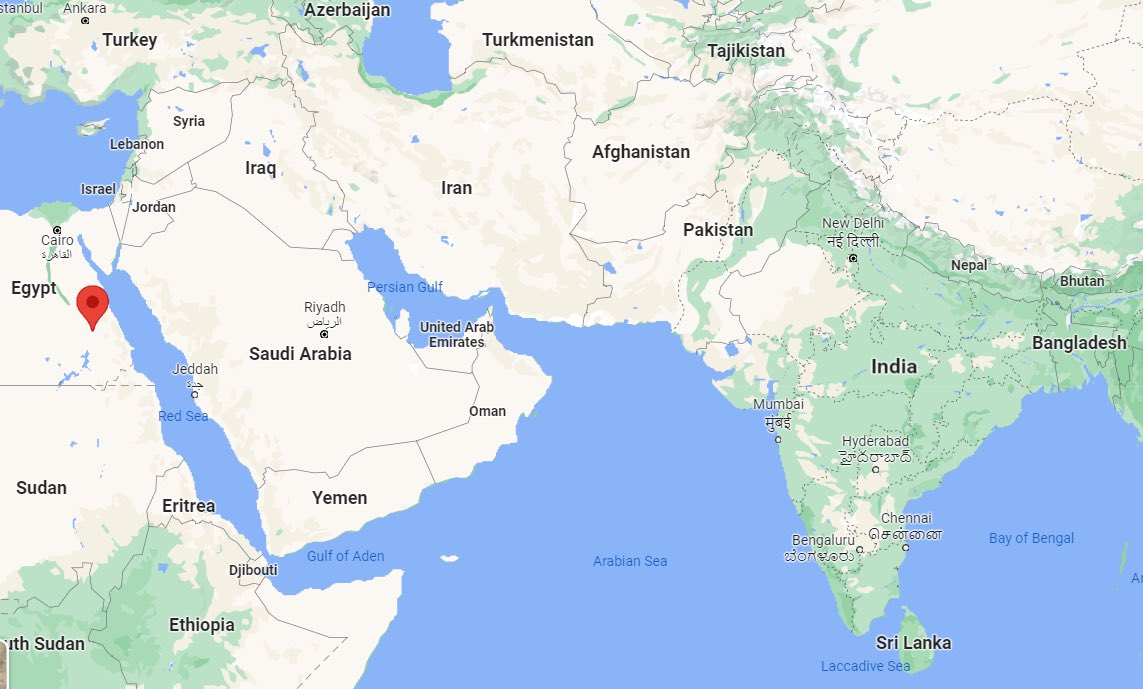Facts on the Madurai impalement which the frescoes of Meenakshi temple show. The legend is that Shaiva saint Sambandar impaled 8000 Jains in 7th century . The Pandya king was a Jain and his wife was a Shaivite. The queen and the minister invite Sambandar to Madurai
1/8
1/8

The queen wanted Sambandar to drive the Jain monks from the Madurai hills. The monks burn Sambandar's hut, but he transfers the fire as fever to the king. Jains' mantras fail to cure the king, but the saint applies sacred ash to the king and cures him.
2/8

2/8


A series of contests happen. In contest by fire, Sambandar's hymn to Shiva was unburnt but Jain doctrines got burned. In contest by water, Jain manuscript is carried by water, but Shaiva hymn is brought to shore. Then Sambandar cures the hunch of the king to a handsome man
3/8
3/8
The Jains kill themselves by impaling. This version is from Sekkizhar's Periya Puranam. In this version, the Jains have chosen the impalement as their punishment if they lose the debate. Now what do historians make of this? Is this a legend or history?
4/8
4/8

The first mention of this record comes almost 400 years later in Nambiyandar Nambi's writing Thirukadaikkapu, first 3 volumes of Tirumurai. The more prominent version comes from Sekkizhar's Periya Puranam written in 12th century.
5/8
5/8

Pandya copper prasastis from 9th-10 centuries don't mention these. No contemporary Jain document mentioned these. So some historic scholars doubt the event. However, Shaiva-Jain conflict in South India was a bitter truth. In Periya Puran, Jains are described as sin-breeding
6/8
6/8

Even today, a festival is held at Madurai to remember the event with theme as "camanaraik kauverrutal" or impalement of the samanas/Jains. This comes from a long history of Shaiva-Jain friction.
7/8
7/8
Even Periya Puranam describes 63 Shaiva Nayanars/saints, imitating the 63 Jain mahapurusa/saints described in Trisastilaksanamahapurana, a 10th century Jain text in Kannada. Legend or not, Shaiva-Jain friction and persecution has a long history in medieval Tamil world
8/8
8/8
• • •
Missing some Tweet in this thread? You can try to
force a refresh


















